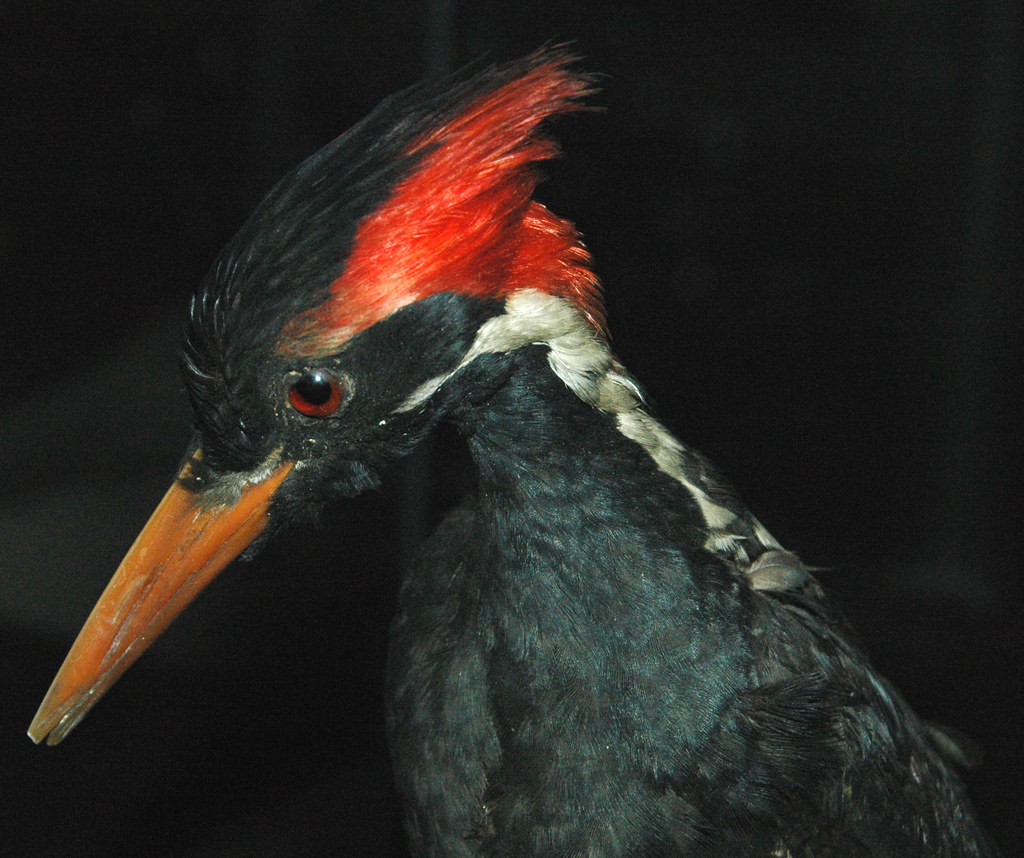Mississippi Lowland Forests
The ecoregion’s land area is provided in units of 1,000 hectares. The conservation target is the Global Safety Net (GSN1) area for the given ecoregion. The protection level indicates the percentage of the GSN goal that is currently protected on a scale of 0-10. N/A means data is not available at this time.
Bioregion: Southeast Savannas & Riparian Forests (NA25)
Realm: Northern America
Ecoregion Size (1000 ha):
11643
Ecoregion ID:
337
Conservation Target:
24%
Protection Level:
3
States: United States: AL, GA, SC, NC, VA
The Mississippi River is legendary as the largest drainage system in the United States and the second largest on the North American continent after Hudson Bay. The cultural history of the river is embedded in the American mind through the writings of Mark Twain and other authors. The Mississippi Lowland Forests ecoregion occupies the lower portion of this watershed, along the Mississippi River and its tributaries from the river mouth in Louisiana to the southern tip of Illinois.
The bottomland forests and floodplain swamps of this ecoregion are similar to those of the Mid-Atlantic US Coastal Savannas and Southeastern US Conifer Savannas ecoregions, but they have suffered even greater losses to logging, agriculture, and hydrological alterations, making this one of the most highly converted and imperiled ecoregions on the continent.
The climate of the Mississippi Lowland Forests ecoregion ranges from subtropical at its southern extreme to warm temperate through most of the region. The essentially flat topography, floodplain dynamics, and swampy vegetation separate this ecoregion from the more xeric conifer-dominated uplands of adjacent ecoregions.
The dominant natural vegetation is controlled primarily by hydroperiod, that is, the length of time a site is inundated each year. Proceeding from longest to shortest flooded conditions, the major natural communities are river swamp forest, lower hardwood swamp forests, backwater and flats forests, and upland transitional forests. Virgin stands of bald cypress hundreds of years old or older were common in the most flooded areas, but virtually all of these have been logged. Swamp tupelo is a co-dominant tree with bald cypress in the long-hydroperiod swamps.
As flooding duration declines up gentle slopes, many other trees enter the community, including water hickory, red maple, green ash, and river birch. Seasonally saturated forests higher up the elevation gradient support these species plus sweet gum, sycamore, swamp laurel oak, and willow oak, along with many woody vines.

The flagship species of the Mississippi Lowland Forests ecoregion is the ivory-billed woodpecker. Image credit: Creative Commons
Raised areas or ridges in the floodplain once supported extensive canebrakes of giant cane, the American bamboo, more than 99% of which have been lost. Bachman’s warbler, now probably extinct, was a canebrake specialist. The rare Swainson’s warbler, the only member of its genus (Limnothlypis), also finds its most suitable habitat there. Oak-hickory forest occurs on the drier natural levees, ridges, and old dunes.
The extensive bottomlands of the Mississippi River watershed, like other southern swamps, once supported populations of North America’s largest woodpecker, the ivory-billed woodpecker. Some of the last reports of this species were from the Arkansas portion of this ecoregion in 2004 and along the Pearl River on the Louisiana-Mississippi border in 2017, but they have not been independently confirmed. The status of this enigmatic bird remains uncertain, but it is probably extinct. The Mississippi Valley remains a major flyway for migratory waterfowl and songbirds.
At the time of European settlement, bottomland hardwood forests represented the majority of the inland wetland acreage in the U.S., with most of that area in the Mississippi River floodplain. Today, the Mississippi Lowland Forests ecoregion has lost over 90% of its pre-settlement vegetation. Very little old-growth forest remains, and most aquatic habitats are degraded.
Priority conservation actions for the next decade are to: 1) restore hydrologic regimes and associated bottomland forests and floodplain swamps; 2) greatly increase federal, state, and local acquisition of conservation lands, and improve management of existing conservation lands; 3) reduce or eradicate populations of problematic exotic species.
Citations
1. Sharitz, R.R., and W.J. Mitsch. 1993. Southern floodplain forests. In W.H. Martin, S.G. Boyce, and A.C. Echternacht, editors. Biodiversity of the Southeastern United States: Lowland Terrestrial Communities. Wiley, New York.
2. Ricketts, T.H. et al. 1999. Terrestrial Ecoregions of North America: A Conservation Assessment. Island Press, Washington, D.C.
3. Clark, J.R., and J. Benforado, editors. 1981. Wetlands of Bottomland Hardwood Forests. Elsevier, New York.



